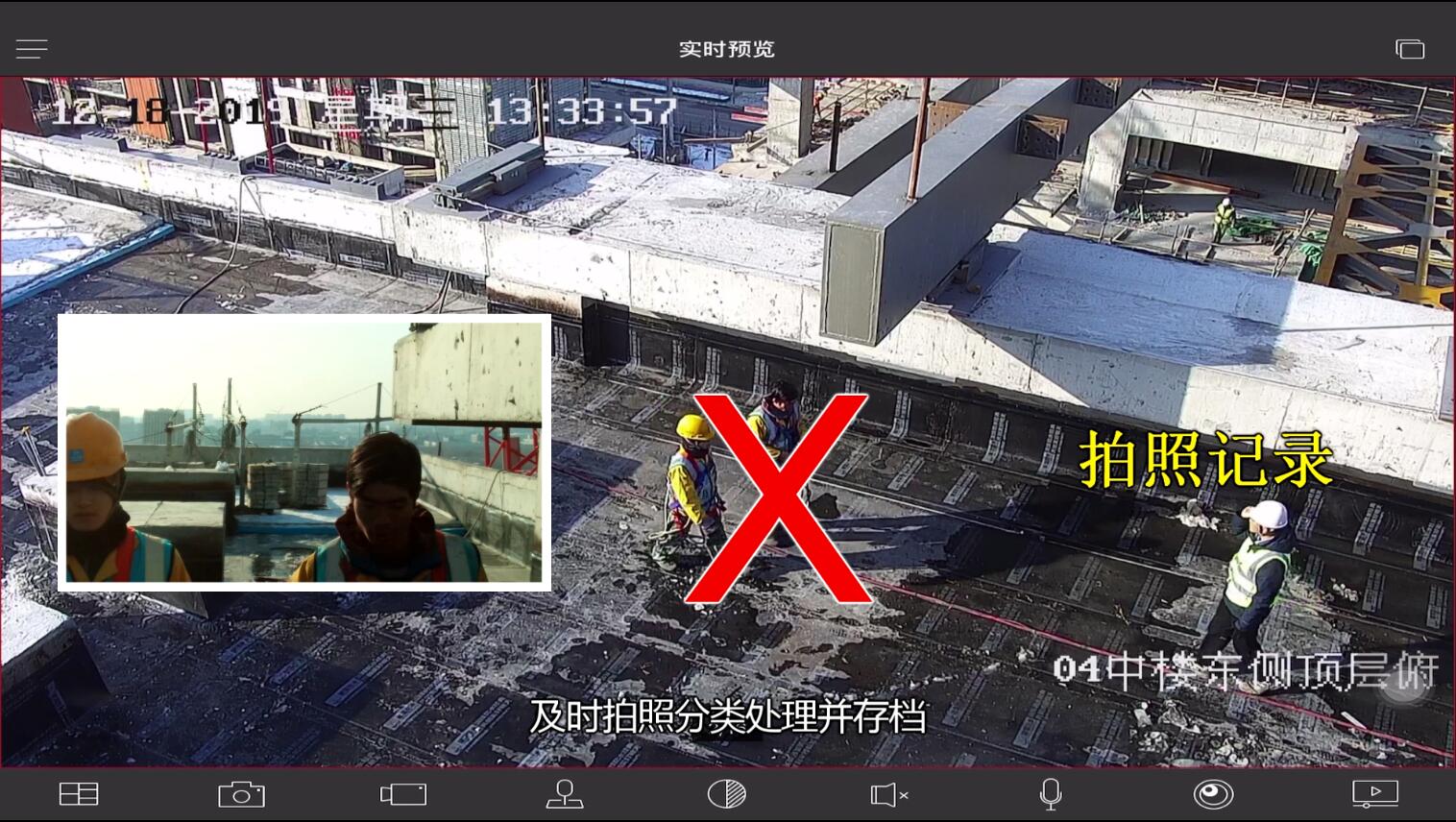As IT, mobile technology, smart wearable devices and tools are applied more in construction projects, a truly “smart” construction site is possible.
It entails intelligent and Internet-based labour management, workplace safety and quality control, all enabled by 5G.
5G’s transmission rate of 10GB per second provides unprecedented bandwidth, low latency and wide connection. Only 5G can secure the Internet of Everything, and the Internet of Everything is the foundation of AI growth.
Â
As reported on 20 May, China State Construction Engineering Corp (CSCEC) is setting up the first 5G smart construction sites at a large project to build a high-tech business district in Beijing.Â
CSCEC subsidiary, China Construction Eighth Engineering Division, is working with China Unicom to probe new engineering applications for 5G.
To achieve the goals of quality, security, schedule and cost, it has built systems for:
- Real-time supervision;
- Mobile occupational health analysis;
- 60-degree spatial real-time monitoring;
- Multi-dimensional security monitoring ;
- Working-surface monitoring;
- 5G and AI portable inspection;
- Remote collaboration.
The occupational health system measures 10 physiological parameters such as blood pressure and heart function (by electrocardiogram). Through interactions between the 5G telecom network and construction industry health big data platform, it immediately issues medical-grade occupational health reports to judge whether the health status of the personnel meets requirements.
The dual 360-degree spatial real-time monitoring system creates a field of view through the tower crane camera and “AI glasses” worn by auxiliary crane operators. It supports reading of tower crane operation data, and provides immediate warning of abnormal data to restrain hoisting. Night vision allows it to function 24 hours a day.

No hard hat: The system monitors danger signs and PPE non-compliance (CSCEC)
The 5G working-surface monitoring system has a transmission rate 10 times that of the existing mobile network. It automatically identifies dangerous elements such as fire or PPE non-compliance, and issues alerts. It comprehensively checks the progress of construction on the working surface and allows multi-level collaborative supervision. It can also check works against BIM models.
The 5G and AI portable inspection system is connected with the real-name personnel system. By wearing AI glasses, people can identify personnel anytime; instantly check their compliance, obtain basic information such as name and post, and flexibly deploy personnel on the construction site; record work arrangements through video and image; and retain information for later tracing. If quality and safety problems are identified in the inspection process, people can take photos, classify and archive quickly.
China Construction Eighth Engineering Division has developed a modular construction approach called “BIDA integration”. on its own. It splits and combines installation of elements in a rational way, and employs modern material tracking and dispatching technologies.
5G helps by achieving real-time synchronisation of the entire process of the project. By using the 5G and AI smart glasses technology, it allows remote real-time visual technical support, dynamically pushes solutions, assists training of industrial workers, and reduces the dependence on core technicians on the assembly and construction site.
CSCEC regards smart construction as an important innovation. Looking into the future, we will improve the AI platform algorithm capabilities in the development of 5G smart construction sites, connect smart construction sites with government supervision systems, implement various types of large-scale equipment smart monitoring, and explore BIM full-lifetime applications to further upgrade smart construction levels.
- Mr Zhibing Mao is chief engineer for CSCEC, and the president of the Chartered Institute of Building’s China Council.
Top image: The dual 360-degree spatial real-time monitoring system creates a field of view through the tower crane camera and “AI glasses” (CSCEC)










